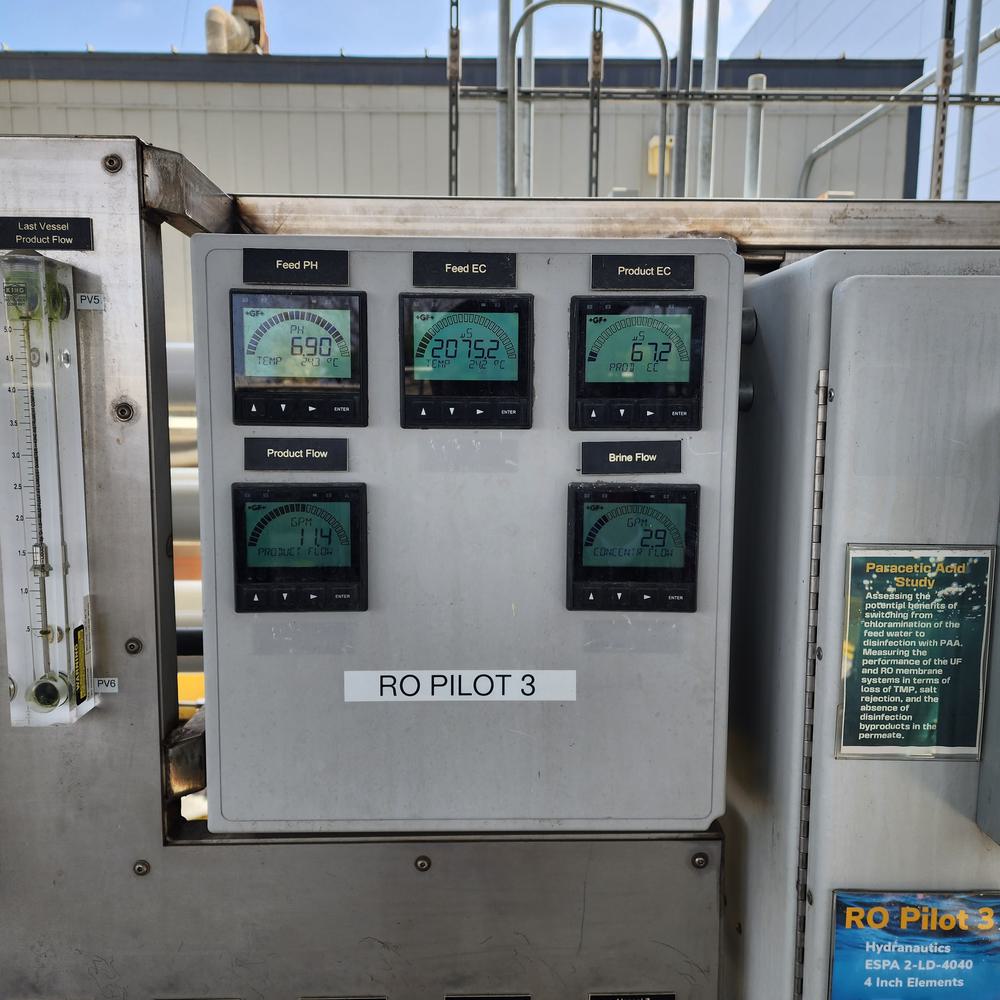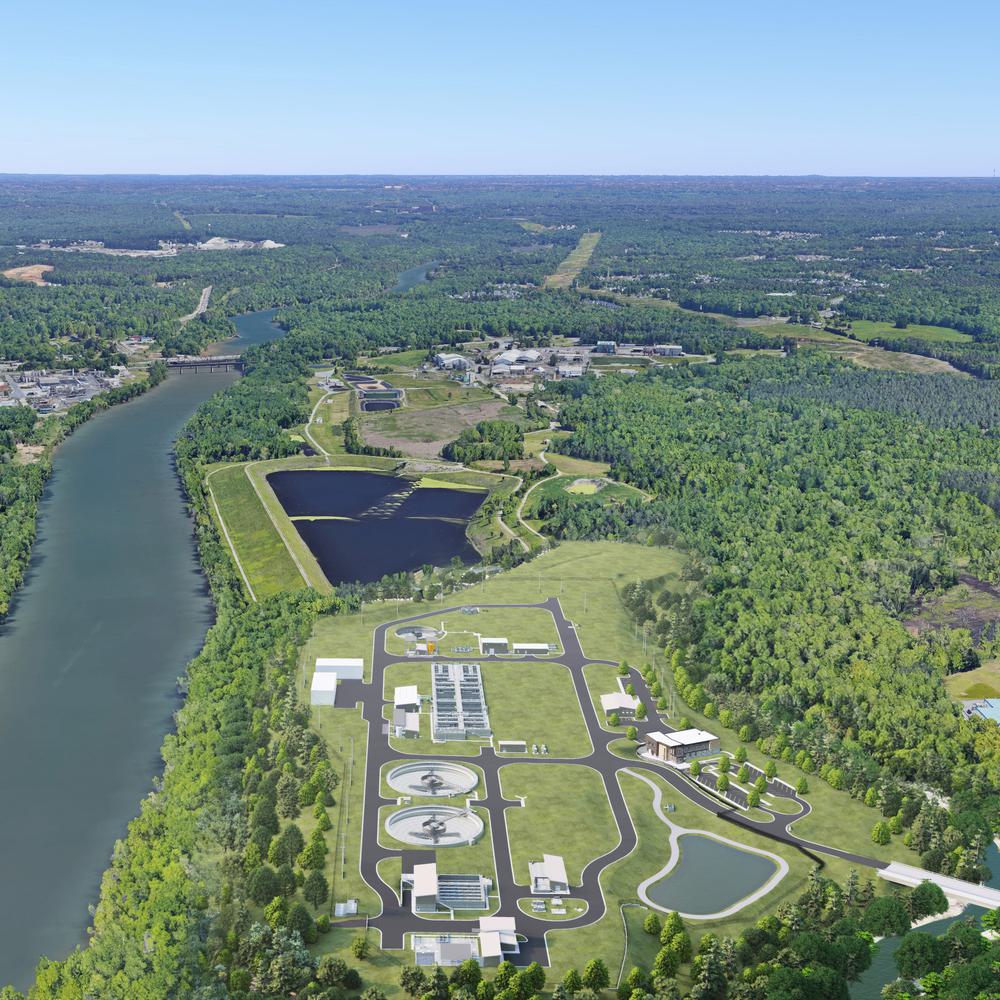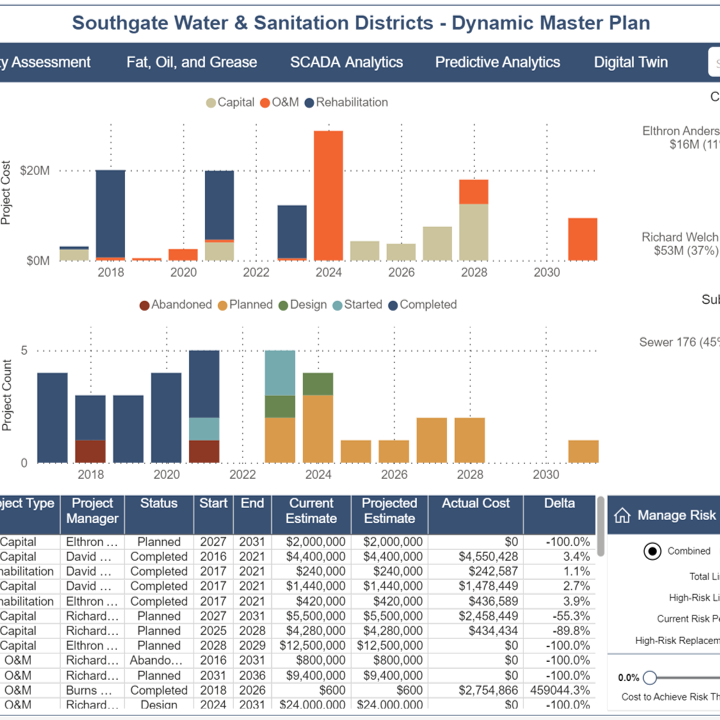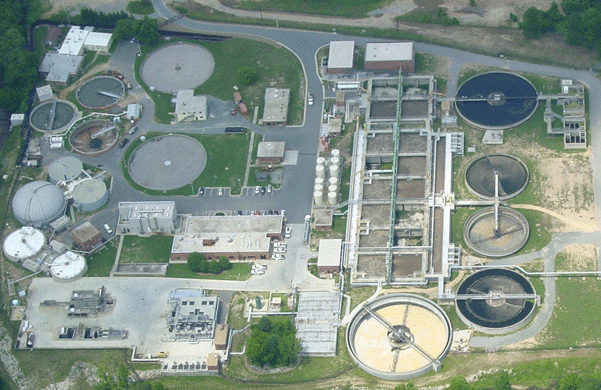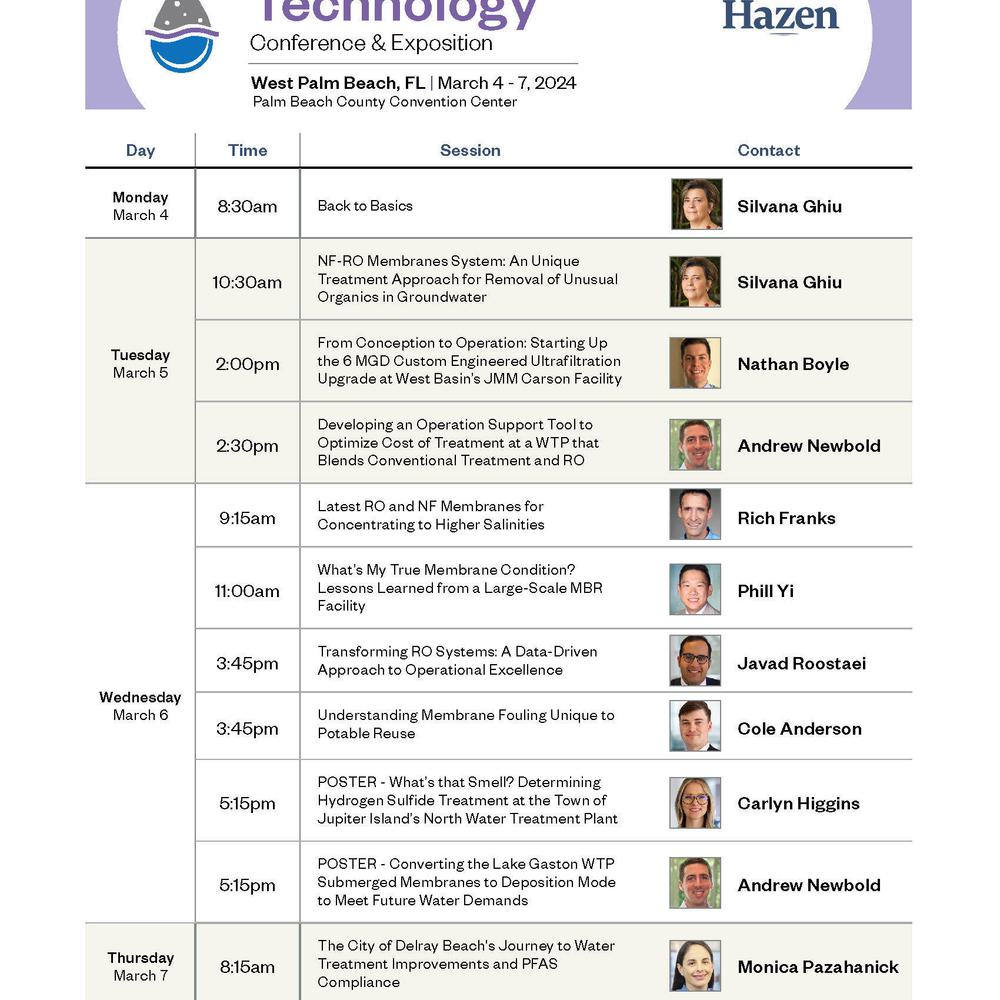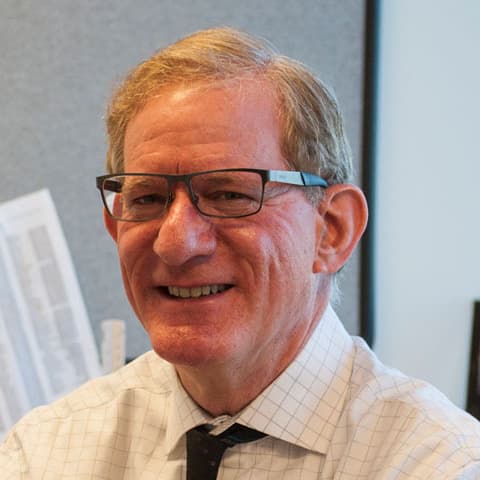From Tough Conversations to Unexpected Collaborations
With early planning, creative partnerships, and transparent conversations about costs, water reuse projects can deliver multiple benefits for multiple stakeholders.
At a Glance
- For many utilities, investing in large-scale water reuse projects with other public and private partners leads to uncharted territory.
- In one example from central North Carolina, interactive dashboards helped a group of potential partners test cost-sharing scenarios with transparency and confidence.
- By converting diverse benefits—environmental, economic, and recreational—to a common metric, a coalition of partners is advancing an ambitious reservoir project in South Florida.
- In visionary water reuse projects across the country, Hazen is honing the practical tools needed to build consensus and overcome obstacles to collaboration.

Dr. Stephanie Ishii is the Director of Integrated Resource Technologies, and also leads Water Reuse and Sustainability Services in Hazen’s southeast region.
Related Topics:
An exploratory process
Water reuse projects serve many different objectives and can take many different forms. They can be motivated by limitations to existing source water, by discharge restrictions, or by the opportunity for environmental augmentation.
“The drivers for water reuse tend to span different sectors, different perspectives and other types of boundaries,” says Dr. Stephanie Ishii, Hazen’s Director of Integrated Resource Technology. “That means our processes for engaging nontraditional partners and participating in nontraditional conversations about project development, implementation, and ownership are incredibly important. The consideration of water reuse is a universally beneficial process, but not a prescriptive solution.”
In theory, these projects should be able to meet multiple objectives and deliver equitable benefits. In practice, how does the process work? One project in Sanford, North Carolina and another in South Florida demonstrate how diverse stakeholders reached agreement about costs and benefits.
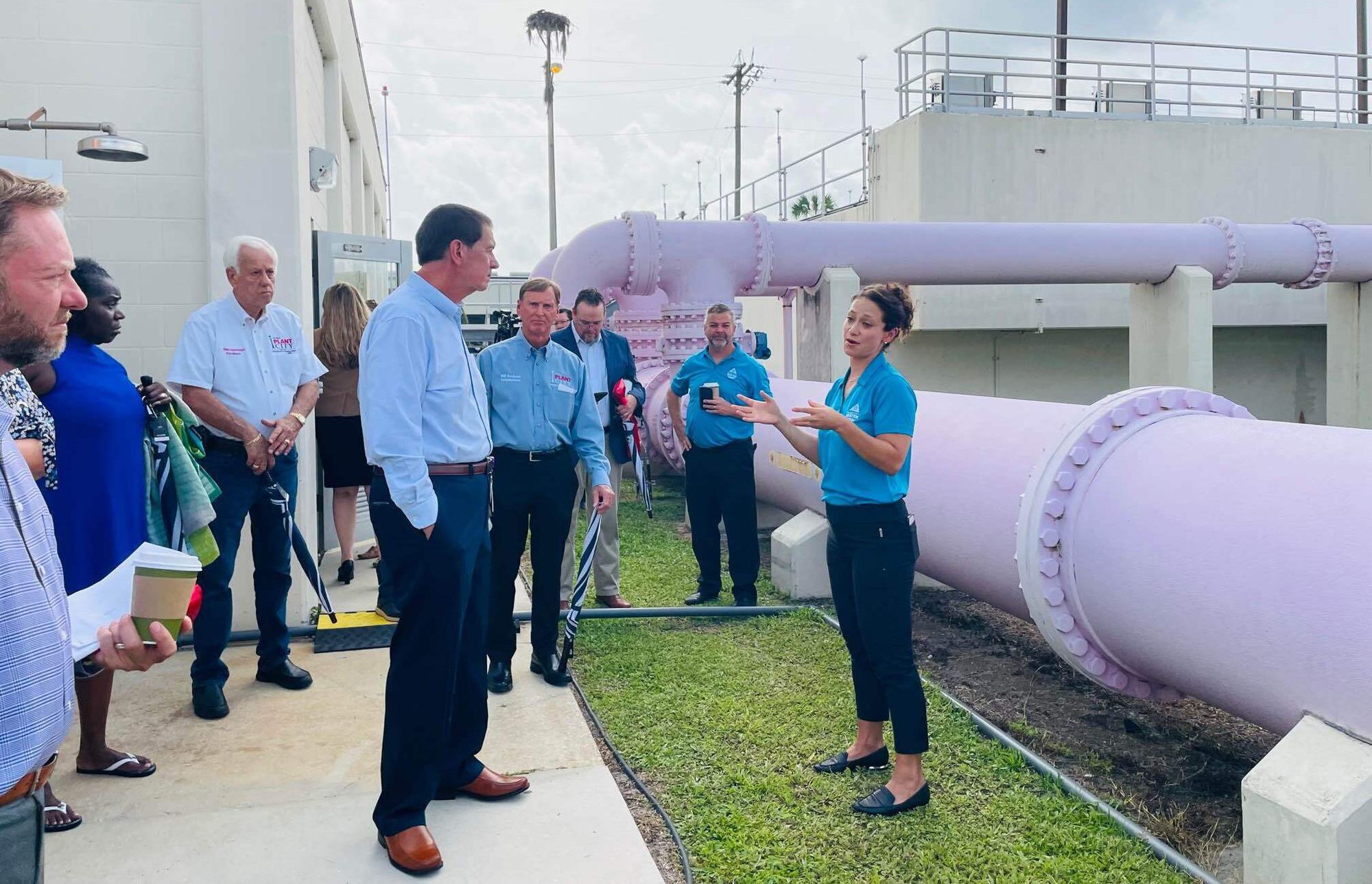
Bringing multiple stakeholder perspectives together benefits project development, such as when drinking water, wastewater, environmental, and economic development entities can see their respective benefits of potable reuse.
Building trust among new partners
Facing rapid growth and potential new regulatory requirements, the City of Sanford, North Carolina was considering significant investments in their water treatment infrastructure. Beyond simply expanding capacity, the City was also evaluating upgrades to address emerging contaminants of concern. The scale of needed upgrades and the growing price tag prompted Sanford to look beyond their city limits to other communities in the area. The city engaged neighboring utilities in Fuquay-Varina, Holly Springs, Pittsboro, and Chatham County, all Hazen clients, to discuss a regional water supply and treatment solution. Though each of these five utilities shared similar pressures, they had no existing partnerships to establish trust and guide the discussion of a potential collaboration.
“It started out with informal conversations with other utilities that were facing similar challenges,” explains Tim Devine, who leads Hazen's Economic and Financial Services Group. “That's really what brought them to the table to explore the possibility for a regional collaboration.”
Along with similar objectives, these utilities had similar questions. How were they going to share in the benefits and the investment of a regional facility? Would this regional approach meet their demands? How much was it going to cost them?
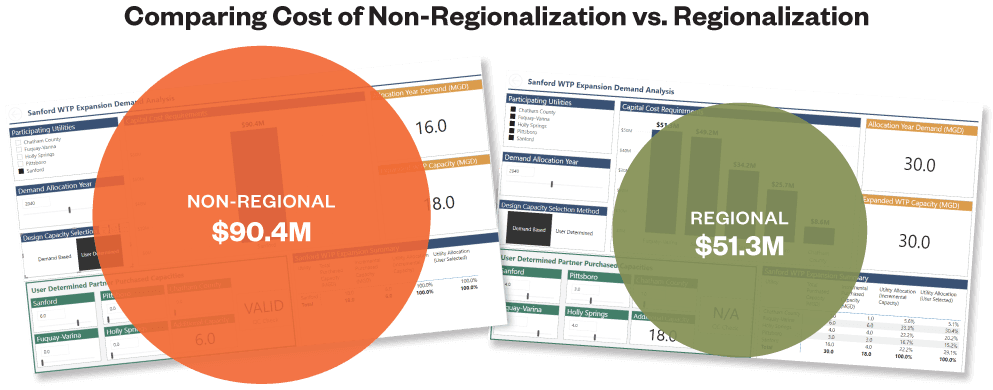
Hazen built a dynamic dashboard-based tool to quantify benefits and burdens to address these questions. This dashboard put all partners literally on the same page. It displayed not only what Sanford’s investment would be, but also all the other partners, as a function of treatment plant capacity, participating utilities, treatment selections, and cost allocation methods.
Devine helped facilitate those early convenings. “We would have 60 people in the room—general managers, finance directors, lawyers, staff for each utility—all hashing it out, asking themselves, does this work for us or not?”
As a part of building trust, it was also important to provide all participants with an off-ramp. After initial feasibility analysis, preliminary design, detailed design, and at every step in the process, they would have an opportunity to reevaluate and exit the working group. Sanford and the participants knew that if the regional alternative was not the best solution for every participating partner, then it would not go forward.
Relying on the dashboard, the city effectively communicated the quantified costs and benefits of a regional water supply alternative and determined a cost-sharing arrangement. This dashboard also allowed them to show elected officials and decision-makers the clear costs and benefits of the project.
Through this partnership, the city of Sanford stands to save $40 million in avoided capital costs and still meet its future objectives. The project has four partners and is scheduled to begin construction in 2024.
Converting diverse benefits to a common currency
Water reuse projects can impact many areas of a community, such as drinking water, flooding, ecological services, and recreation, in both public and private sectors. An example in south Florida, a new reservoir and a new stormwater treatment area for the treatment and redirection of excess stormwater, demonstrates the power of creative collaboration. The proposed project had been discussed for decades, but it didn’t get traction until 2013, when the Florida Legislature and the water management districts recognized the dollar value of the multiple benefits that could be provided by the project. These benefits include water supply, flood protection, and the health of Indian River Lagoon, the St. Lucie Estuary, the Upper St. Johns River, and the recreation and tourism industry that depends on them.
“Since at least 1959, the project site has been the focus of efforts to reconnect the South Florida and St. Johns River water management districts to improve the flexibility of flood control and water management,” explained Dr. Ishii. “However, no action was taken and to this day the natural flow of water north has not been restored.”
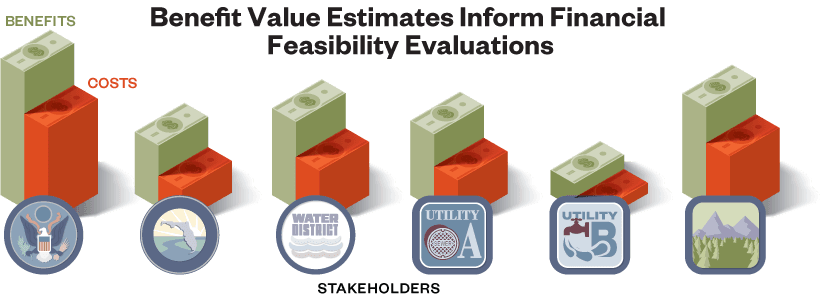
By 2013, these districts began to map the multiple benefits of the project to beneficiaries. They contracted Hazen to estimate the willingness of beneficiaries to pay for the multiple project benefits and determine the economic feasibility of the project. The resulting study, completed in 2014, began a conversation of how to economically justify and fund this project. This coupled with public concern about the damages caused by stormwater flows to the Indian River Lagoon elevated this project as both an environmental protector and a public water supply.
Ultimately, it was a conversation about money. By how much does an acre-foot of stormwater discharge or a pound of nutrient reduction increase recreation participation, economic activity, and property values in and along the Indian River Lagoon? What is the value of a new raw water supply to utilities relative to other options? Do these benefit values outweigh the cost of the project? As various impacts were translated to a common unit, the dollar, the conversation was no longer an abstract or academic exercise.
As of early 2024, the reservoir project is at the 60% design phase. All of the research related to the quantification of benefits is being used in continued discussions of governance, project ownership, and how those benefits would be distributed.
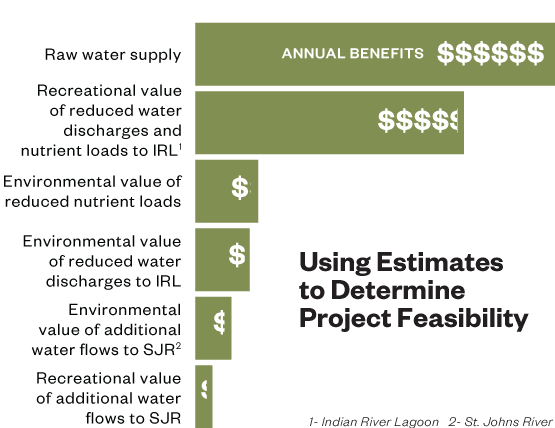
Moving from cooperation to collaboration
The benefits of water reuse spill across public and private stakeholders and present a generational opportunity for innovation and collaboration. But loosely defined roles and casual communication don’t always lead to consensus and commitment. Translating benefits and costs to a monetary value is a concrete way of creating a common language and making difficult negotiations and unique collaborations possible.
With an open-minded, data-driven perspective, Hazen is helping clients make the leap from simply networking to true collaboration and innovation.
